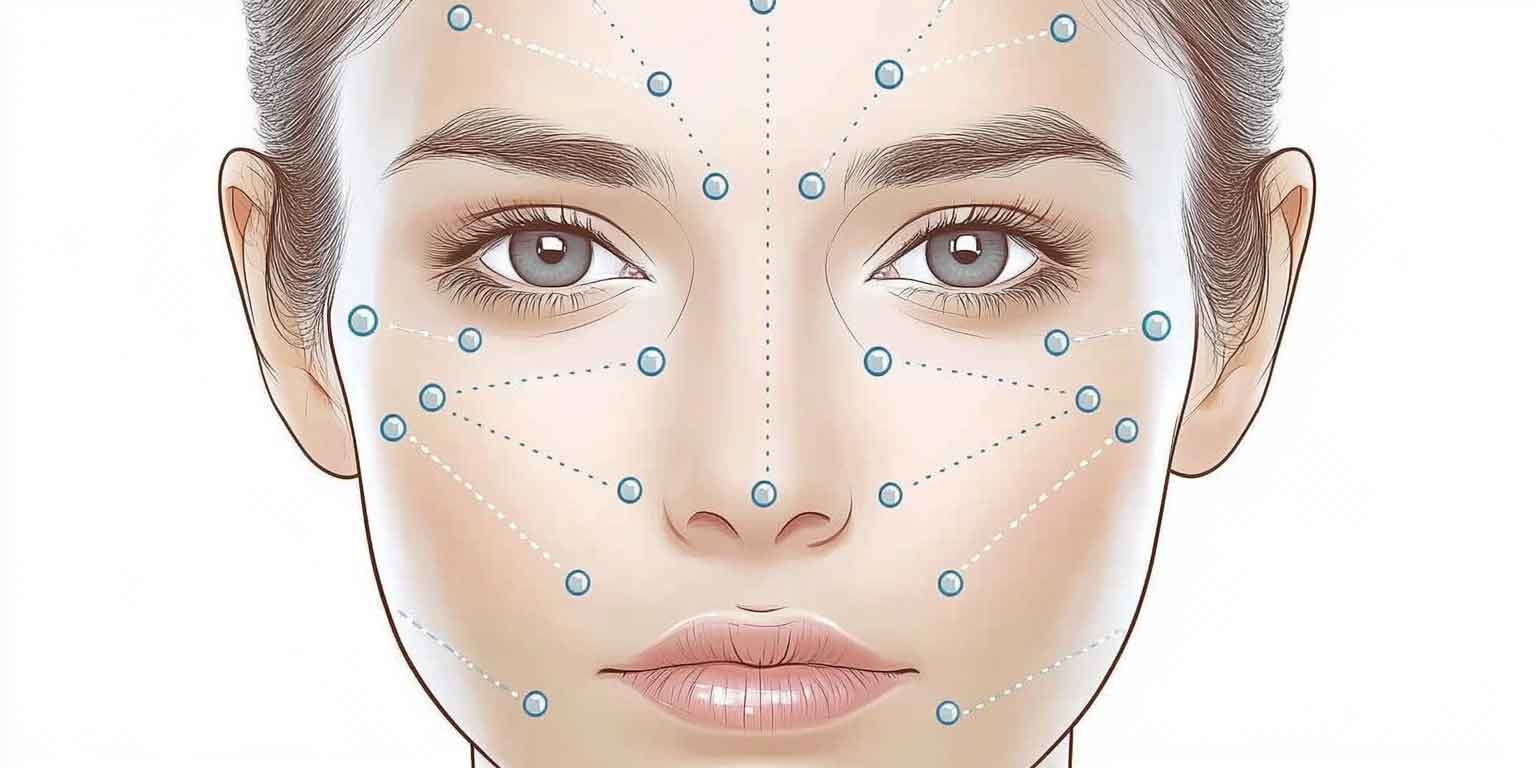Essential Guide to Botox® Injection Sites for Optimal Results
By Dr. Stephen Cosentino
PRESIDENT OF EMPIRE MEDICAL TRAINING
Since the FDA's initial approval of Botox® for treating forehead frown lines in 2002, the applications for botulinum toxin A-derived medications have expanded significantly. This growth has led to an increasing number of approved injection sites across the body, necessitating a thorough understanding of proper administration techniques for healthcare providers.
This comprehensive guide will explore the various Botox injection sites, optimal injection techniques, and important safety considerations for medical professionals administering these treatments.
Overview of Common Botox Injection Sites
Botox injections can be administered in various areas of the body, depending on the condition being treated. Common injection sites include:
- Face and forehead
- Neck and shoulders
- Underarms
- Hands and feet
- Abdomen
Each of these areas corresponds to specific conditions that Botox has been approved to treat, ranging from cosmetic concerns to medical issues.
Facial Injection Sites
Forehead and Glabellar Region
The forehead and area between the eyebrows (glabellar region) are common sites for treating dynamic wrinkles. Injection points typically include:
- Frontalis muscle: 4-5 injections across the forehead
- Corrugator supercilii muscles: 2-3 injections per side
- Procerus muscle: 1-2 injections at the bridge of the nose
Periorbital Region
Injections around the eyes target crow's feet and can help elevate the eyebrows. Key areas include:
- Orbicularis oculi muscles: 3-4 injections per side
- Lateral canthal area: 1-2 injections per side
Perioral Region
Treating the area around the mouth can address lip lines and gummy smiles. Injection sites may include:
- Orbicularis oris muscle: Multiple small injections around the lips
- Depressor anguli oris muscles: 1-2 injections per side at the corners of the mouth
Neck and Shoulder Injection Sites
Botox injections in the neck and shoulders can treat conditions such as cervical dystonia and chronic migraines. Key injection areas include:
- Sternocleidomastoid muscles
- Trapezius muscles
- Splenius capitis muscles
Underarm Injections for Hyperhidrosis
For excessive sweating (hyperhidrosis), Botox is injected into the axillary region. The treatment typically involves multiple small injections spread across the underarm area.
Hand and Foot Injections
Botox can be used to treat palmar and plantar hyperhidrosis. Injection sites are distributed across the palms or soles, with care taken to avoid major nerve and blood vessel pathways.
Abdominal Injections
For conditions such as overactive bladder, Botox may be injected into the detrusor muscle of the bladder wall. This procedure typically requires cystoscopy for precise administration.
Optimal Injection Techniques
Patient Assessment and Marking
Prior to injection, it's essential to evaluate each patient individually and mark the precise injection locations. This may involve:
- Having the patient make controlled facial movements to identify muscle locations
- Using ultrasound guidance for deeper injections, such as in the treatment of urinary incontinence
- Considering individual anatomical variations and treatment goals
Injection Depth and Angle
Proper injection technique is vital for optimal results and minimizing complications. Consider the following:
- Most Botox injections are intradermal or subcutaneous
- Avoid injecting too shallow, which may result in ineffective treatment
- Prevent injecting too deep, which increases the risk of medication spread and systemic side effects
- Adjust injection angle and depth based on the specific treatment area and patient anatomy
Dosing and Injection Count
Appropriate dosing and number of injections vary by treatment area and patient needs. For example:
- Bruxism treatment may involve multiple injections in three distinct muscles:
- Masseter: 25 units per side
- Temporalis: 15 units per side
- Lateral pterygoid: 10 units per side
- Smaller areas, such as nasal tip depression, may require only 2 injections of 3 units each
- Larger facial areas typically involve 4 or more injections totaling 15 units or more
Safety Considerations and Precautions
Areas to Avoid
To ensure patient safety, avoid injecting Botox in:
- Muscle groups not indicated for the specific treatment
- Major blood vessels that could lead to systemic spread of the medication
- Areas proximate to the upper orbital bone when treating the eye region, to prevent eyelid droop
Potential Complications and Side Effects
While serious complications from Botox injections are rare, providers should be aware of potential risks and counsel patients accordingly. Complications requiring immediate medical evaluation include:
- Difficulty swallowing or breathing
- Muscle weakness
- Vision changes
- Loss of bladder control
Less serious side effects may include:
- Injection site pain or bruising
- Headache
- Temporary eyelid droop
- Dry eye or excessive tearing
Importance of Proper Training
To ensure safe and effective Botox administration, it's essential for healthcare providers to receive comprehensive training. Proper education should cover:
- Anatomy and physiology of treatment areas
- Injection techniques and dosing protocols
- Patient assessment and selection
- Management of potential complications
- Legal and ethical considerations
By mastering the nuances of Botox injection sites and techniques, medical professionals can provide optimal results while prioritizing patient safety. Continuous education and staying updated on the latest research and guidelines are key to maintaining the highest standards of care in this rapidly evolving field.


